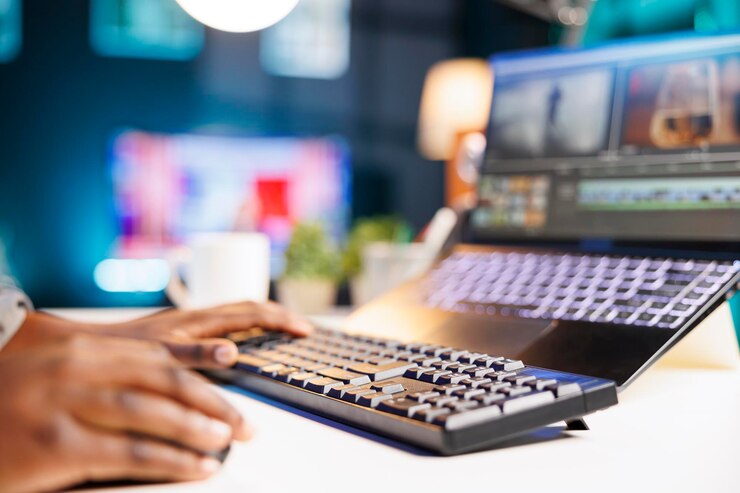This is an article written by the Intellectual Property and Privacy Area, with an educational focus.

Copyright constitutes a necessary premise for the correct development of intellectual property rights. Initially, the importance lies in the fact that the categories that make up copyright are literary, audiovisual, and cinematographic works; such as books, music, videos, images, designs, drawings, sounds, movies, sketches, scripts and more.
Considering this first view of copyright, intellectual property is immersed in our daily lives, because we currently live in a digital and virtual world in which each person is a user or creator on different digital platforms and They have the ability to create content immediately.
And due to the constant advancement and development in the digital era, access to creative content, for example, through streaming, as its name indicates, which is in continuous transmission and dissemination, allows information to reach the consumer in large quantities. and through various digital platforms. Given this, users obtain, view and consume images, sounds, music, videos, movie extracts, books, etc.
In this context it is important to define social media, according to the Royal Spanish Academy - RAE, it specifies it as social communication platforms and channels (multimedia content) characterized by conversation and interaction between users. This ease of communication has also made piracy easier.
Therefore, this digital revolution currently poses several ethical and legal challenges regarding copyright. Presenting various questions such as: Is all the information free to use? Is it free to use? Who owns it? Does it belong to the owners of the different platforms? What is your protection? What is your protection?
Currently, users browse different networks and consume multimedia content online, this content may be licensed or unlicensed, this does not mean that they are free and/or free, sometimes they could be illegal platforms that share content without having managed licenses with the creators, which causes them to not be financially compensated in their capacity as creator, products or distributor.
All material created, the result of the human mind, belongs to someone, depending on the case it may belong to the author or authors, a collective management society or a natural or legal person to whom ownership has been transferred, editors or producers. That is why it must be guaranteed that creators are recognized for their creations, avoiding unauthorized use or online piracy.
For this, those platforms that expose various multimedia content for user consumption must manage prior authorizations for use or licenses as such to legally transmit works that are protected and thus avoid misuse and piracy, as mentioned, this with the purpose of respecting the intellectual property rights of authors/owners and at the same time receiving the corresponding royalties.
Some keys to consider to avoid copyright infringement are awareness and self-education, users must be aware that intellectual property is a nationally and internationally recognized right, therefore, platforms must establish related policies or terms and use. to Intellectual Property, as well as establish sanctions or consequences in the event of violations.
Technological development will continue to be constant, which is why new methods of protecting copyright have been generated, for example, the use of blockchain and artificial intelligence for the management and protection of creative content in the digital world. However, these must be aligned with public policies and the development of the national and international ecosystem,
In conclusion, in the world of streaming and social networks, copyright protection can become more complex, since the more access to content is offered, the greater efforts are required to prevent piracy or plagiarism. However, the Raising awareness can be the way out so that the intellectual property ecosystem can be fair for all users and creators.

